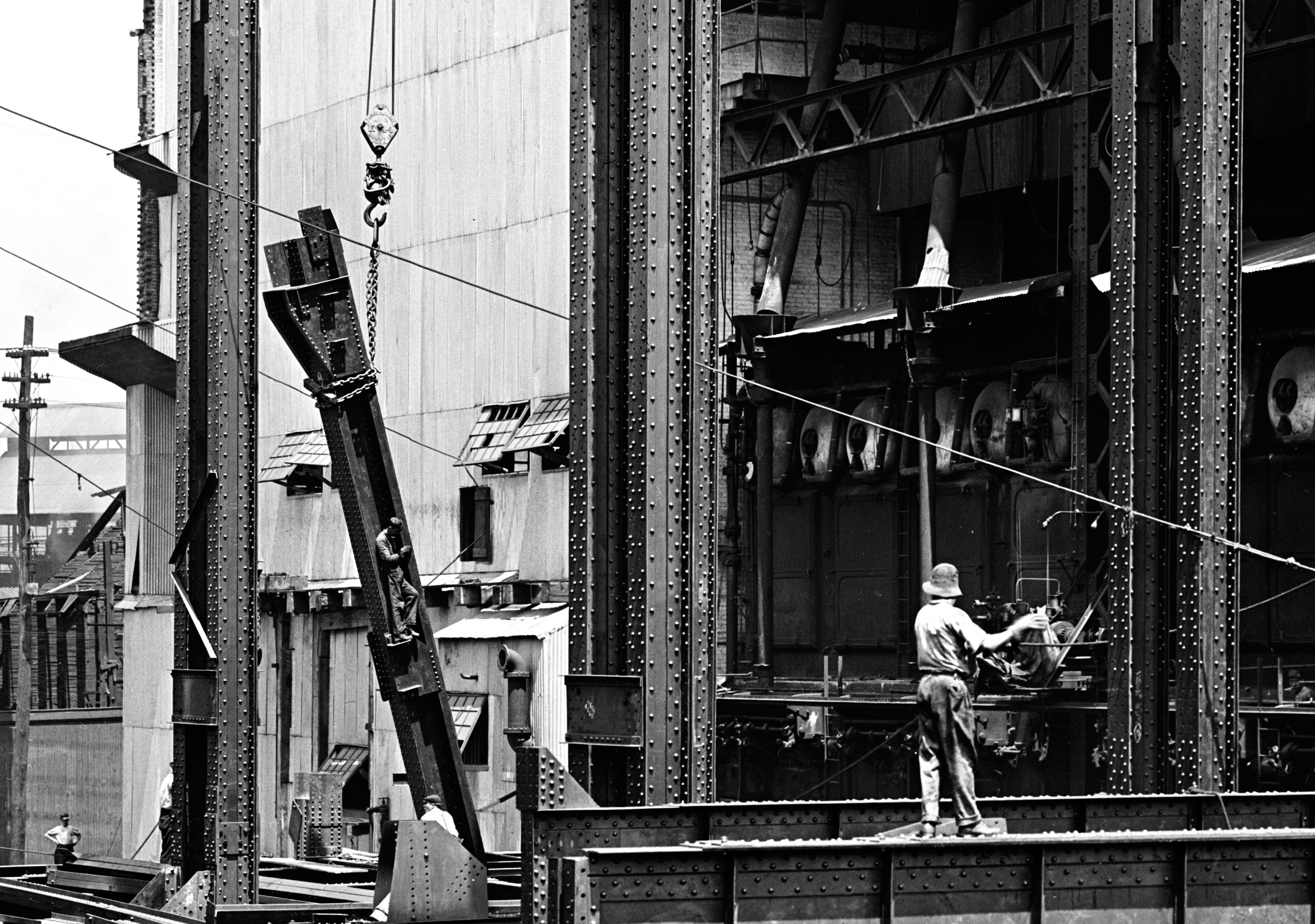UPDATE: SolarCoin reports First US SolarCoin grant given to SolarCity customer in Arizona (Mar. 11, 2014)
Renewable energy and crypto-currency are hardly two concepts one would expect to be mentioned in the same blog or article. We are all familiar with renewable energy – wind, solar, etc.  Crypto-currency, on the other hand, is still a mystery to many of us, or at least I thought it was. Crypto-currency is a digital medium of exchange — a digital or virtual currency — that uses cryptography for security. Most people have heard of Bitcoin, the first crypto-currency to begin trading. Now there are numerous crypto-currencies available, often referred to as altcoins or alternative coins. On January 27, 2014, it was announced that owners of solar power systems in Australia may be rewarded in SolarCoin for energy produced.
Crypto-currency, on the other hand, is still a mystery to many of us, or at least I thought it was. Crypto-currency is a digital medium of exchange — a digital or virtual currency — that uses cryptography for security. Most people have heard of Bitcoin, the first crypto-currency to begin trading. Now there are numerous crypto-currencies available, often referred to as altcoins or alternative coins. On January 27, 2014, it was announced that owners of solar power systems in Australia may be rewarded in SolarCoin for energy produced.
According to Energy Matters, solar power system owners may earn SolarCoin by producing electricity and submitting a proof of solar electricity generation in the form of a verifiable renewable energy certificate. For example, one Small-scale Technology Certificate (STC) represents 1 MW of electricity generation. One STC would entitle the holder to one SLR coin. However, “before Australian system owners get too excited the STC’s [sic] associated with the systems were likely cashed in for point of sale discounts on their system purchase as STC’s [sic] form the basis of solar subsidization in Australia,” Energy Matters warns. “For those who didn’t cash in their STC’s [sic] for whatever reason, SolarCoin could provide an unexpected windfall; although the process for certificate holders being issued with SLR [coins] is still being established.”
98.10 billion SolarCoins can be generated and the Open Currency Association has set a target value for each SolarCoin of $20-30. Like Bitcoin, people will also be able to mine for SolarCoin or purchase it from an exchange. It may also be used to make purchases of goods and services from participating merchants. Businesses should be able to accept SolarCoin by downloading a wallet and displaying the wallet or QR code.
Additional Sources: Energy Matters; IndiaSolarMarket.com; Pillsbury’s Social Media & Games Law Blog
Photo: BTC Keychain, Taken October 12, 2013 – Creative Commons





 The new law requires anyone applying for a building permit for work that will “alter” or “improve” a single-family residence built in 1994 or earlier to replace all plumbing fixtures with water-conserving models. Replacement of the fixtures is a condition of receiving final permit approval from the local building department. Contractors are encouraged to verify requirements with their local building department before taking any action to maintain, repair, alter or improve a single-family residence. (The new law also requires, by 2019, water-conserving plumbing fixtures in multi-family dwellings and commercial properties when specific renovations are made.)
The new law requires anyone applying for a building permit for work that will “alter” or “improve” a single-family residence built in 1994 or earlier to replace all plumbing fixtures with water-conserving models. Replacement of the fixtures is a condition of receiving final permit approval from the local building department. Contractors are encouraged to verify requirements with their local building department before taking any action to maintain, repair, alter or improve a single-family residence. (The new law also requires, by 2019, water-conserving plumbing fixtures in multi-family dwellings and commercial properties when specific renovations are made.) The amended settlement agreement also provides for injunctive relief, including requiring the employer to confirm that it is “routinely maintaining records of the actual hours worked by its employees” and that “employee wage statements contain all information required under California law.”
The amended settlement agreement also provides for injunctive relief, including requiring the employer to confirm that it is “routinely maintaining records of the actual hours worked by its employees” and that “employee wage statements contain all information required under California law.” The term “underground economy” refers to those individuals and businesses that deal in cash and/or use other schemes to conceal their activities and their tax liability from government, licensing, regulatory, and taxing agencies. This includes employers paying workers in cash, under-reporting wages paid to employees, failing to pay into the workers’ compensation fund, reporting employees as independent contractors, and underpaying taxes, tax evasion or engaging in tax fraud. It is also commonly referred to in slang terms as cash pay, tax gap, payment under-the-table and payment off-the-books.
The term “underground economy” refers to those individuals and businesses that deal in cash and/or use other schemes to conceal their activities and their tax liability from government, licensing, regulatory, and taxing agencies. This includes employers paying workers in cash, under-reporting wages paid to employees, failing to pay into the workers’ compensation fund, reporting employees as independent contractors, and underpaying taxes, tax evasion or engaging in tax fraud. It is also commonly referred to in slang terms as cash pay, tax gap, payment under-the-table and payment off-the-books. have been subject to numerous challenges, including that such provisions violate the
have been subject to numerous challenges, including that such provisions violate the  Among other things, the Court of Appeals confirmed that the Government has the ability to suspend “affiliates” of a suspended contractor, even though there is no allegation that the affiliates themselves had done anything wrong. This decision reversed the holding of an Alabama federal district court, which had held the affiliates’ suspension past 18 months impermissible.
Among other things, the Court of Appeals confirmed that the Government has the ability to suspend “affiliates” of a suspended contractor, even though there is no allegation that the affiliates themselves had done anything wrong. This decision reversed the holding of an Alabama federal district court, which had held the affiliates’ suspension past 18 months impermissible. This rule sets out the standard for environmental due diligence in commercial and industrial property transactions in order to qualify for certain defenses to liability under the federal “Superfund” law.
This rule sets out the standard for environmental due diligence in commercial and industrial property transactions in order to qualify for certain defenses to liability under the federal “Superfund” law. from the extraordinary weather disaster during the first two weeks of 2014. Among other things, the big chill froze pipes and sprinkler systems, interrupted chemical manufacturing and disrupted transportation systems, causing extensive property damage and business interruption as a result of freezing temperatures.
from the extraordinary weather disaster during the first two weeks of 2014. Among other things, the big chill froze pipes and sprinkler systems, interrupted chemical manufacturing and disrupted transportation systems, causing extensive property damage and business interruption as a result of freezing temperatures. Reportedly, Stanford civil and environmental engineering professor
Reportedly, Stanford civil and environmental engineering professor